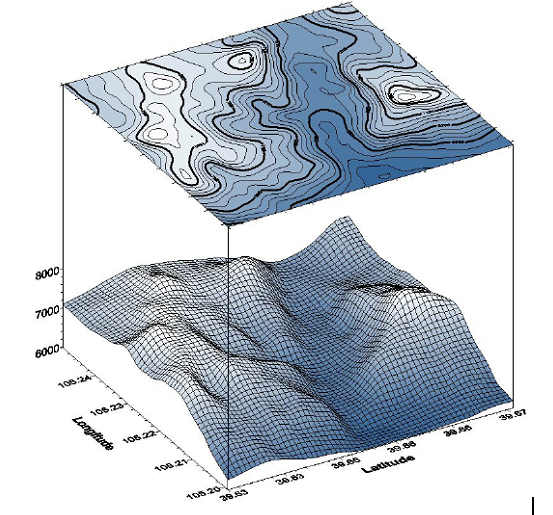TRMM
The Tropical Rainfall Measuring Mission (TRMM) was a joint space mission between NASA and the Japan Aerospace Exploration Agency (JAXA) designed to monitor and study tropical rainfall. The term refers to both the mission itself and the satellite that the mission used to collect data. TRMM was part of NASA's Mission to Planet Earth, a long-term, coordinated research effort to study the Earth as a global system. The satellite was launched on November 27, 1997 from the Tanegashima Space Center in Tanegashima, Japan. TRMM operated for 17 years, including several mission extensions, before being decommissioned in April 2015. TRMM re-entered Earth's atmosphere on June 16, 2015.
Tropical precipitation is a difficult parameter to measure, due to large spatial and temporal variations. However, understanding tropical precipitation is important for weather and climate prediction, as this precipitation contains three-fourths of the energy that drives atmospheric wind circulation.[4] Prior to TRMM, the distribution of rainfall worldwide was known to only a 50% degree of uncertainty.

The concept for TRMM was first proposed in 1984. The science objectives, as first proposed, were:
To advance understanding of the global energy and water cycles by providing distributions of rainfall and latent heating over the global Tropics.
- To understand the mechanisms through which changes in tropical rainfall influence global circulation and to improve ability to model these processes in order to predict global circulations and rainfall variability at monthly and longer timescales.
- To provide rain and latent heating distributions to improve the initialization of models ranging from 24-hour forecasts to short-range climate variations.
- To help to understand, to diagnose, and to predict the onset and development of the El Niño, Southern Oscillation, and the propagation of the 30- to 60-day oscillations in the Tropics.
- To help to understand the effect that rainfall has on the ocean thermohaline circulations and the structure of the upper ocean.
- To allow cross calibration between TRMM and other sensors with life expectancies beyond that of TRMM itself.
- To evaluate the diurnal variability of tropical rainfall globally.
- To evaluate a space-based system for rainfall measurements.
Japan joined the initial study for the TRMM mission in 1986. Development of the satellite became a joint project between the space agencies of the U.S. and Japan, with Japan providing the Precipitation Radar (PR) and H-II launch vehicle, and the U.S. providing the satellite bus and remaining instruments.[1] The project received formal support from the U.S. congress in 1991, followed by spacecraft construction from 1993 through 1997. TRMM launched from Tanegashima Space Center on 27 November 1997.
Download: HERE





